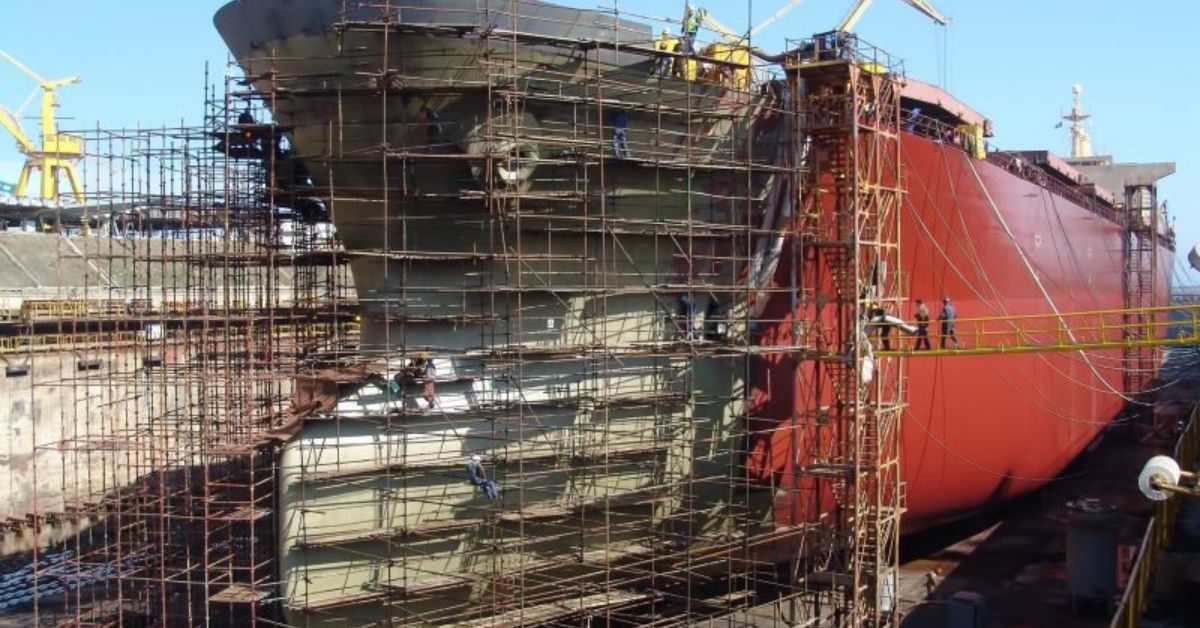India will offer further incentives to domestic shipyards to create fuel-efficient and technologically advanced vessels as part of its ambitious aspirations to modernize the country’s shipping industry. The ports, shipping, and waterways ministry is finalizing a cabinet note that will provide a 25% subsidy for specialist vessels and up to 30% for green vessels and other highly specialised ships. Subsidies under the new policy will be based on the negotiated price of a vessel, or the government’s fair value, for ships built in an Indian shipyard, according to one of the individuals listed above.
The level of financial aid will be maintained for the duration of the project, which is likely to last until March 31, 2034. The shipping ministry estimates an initial budgetary demand of ₹18,000 crore for SBFAP 2.0. This policy will replace SBFAP 1.0, which was implemented in 2016 for a 10-year period to encourage shipbuilding. Under SBFAP 1.0, financial aid to Indian shipyards for shipbuilding contracts was reduced from 20% in 2016 to 11%.
The shipping ministry defines green vessels as those that run on biofuels, methanol, ethanol, or electricity. Highly specialist ships, such as hydrogen-powered vessels, use modern propulsion systems to reduce emissions while increasing power.
The increased shipbuilding incentives are part of the government’s efforts to grow India’s blue economy, or the sustainable use of ocean resources, and establish the country as a ship-manufacturing hub. India now accounts for less than 1% of the worldwide shipbuilding business, which is led by China, South Korea, and Japan. Another significant recommendation for the new policy is to provide credit notes equal to 40% of the ship’s fair scrap value. The credit note can be applied toward the cost of building a new vessel at an Indian shipyard.
The new shipbuilding financial support policy aims to increase the percentage of Indian-built ships in India’s fleet from 5% today to 7% by 2030 and 69% by 2047. According to shipping ministry data, India’s fleet strength was 1,530 vessels with a gross tonnage of around 14 million as of December 2023, a small increase from 1,520 vessels and 13.69 million GT at the end of 2022.
However, around 44% of India’s merchant shipping fleet is over the age of 20, 13% is between 16 and 20 years old, and 20% is between 11 and 15 years old, showing the possibility of replacing these ships in the next years. Furthermore, Indian shipyards have received huge orders from outside markets, including traditional shipbuilding nations like Norway, Germany, and the United States. Indian shipbuilders are also close to signing agreements with corporations in the Netherlands, Denmark, and West Asia.
“The new government policy should recognise the need to accelerate the growth agenda for India’s shipbuilding and ship repair industry,” he said. “Experts believe that lessons learned from the execution of SBFAP and other analogous projects should be considered when developing new policy measures to encourage demand and capacity augmentation.








